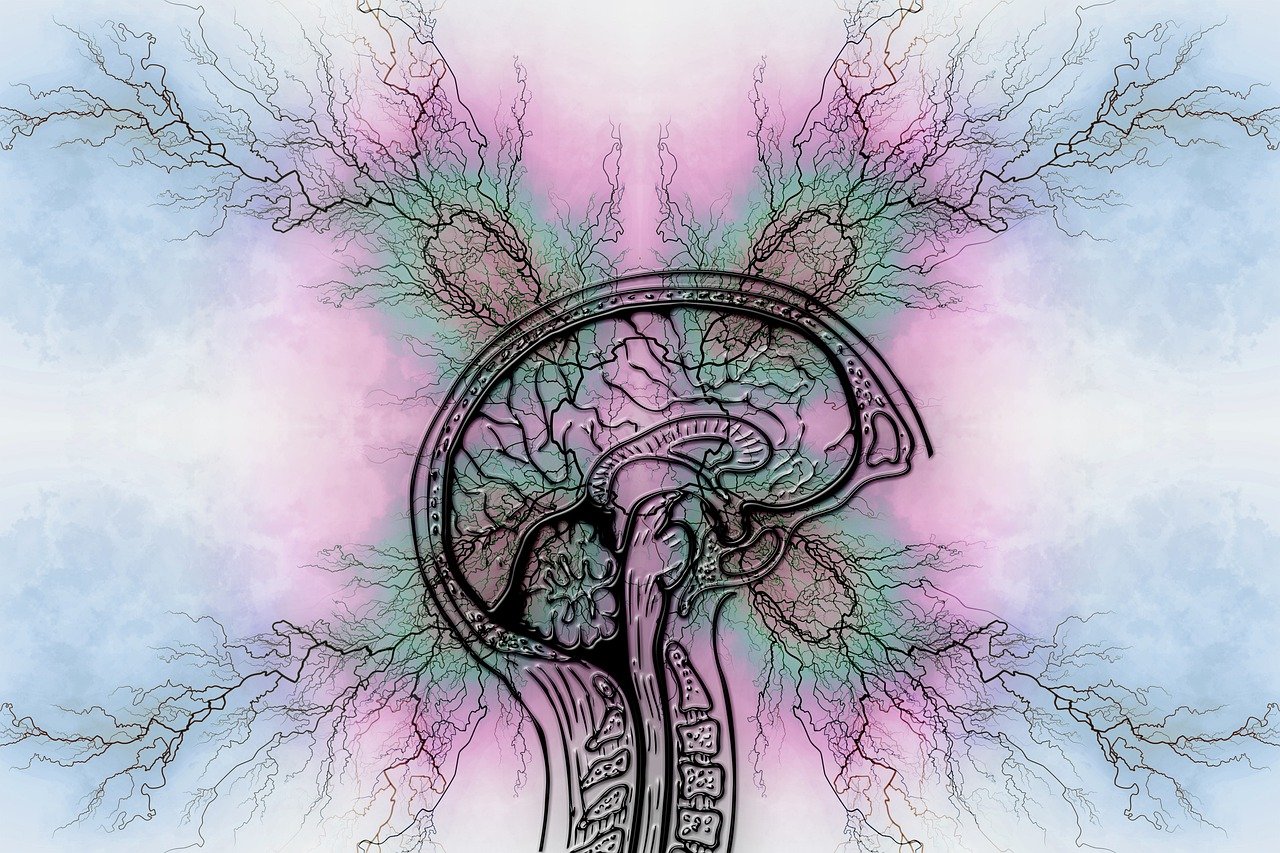Table of Contents
![]()
We have heard this a thousand times, and it sounds to make logical sense. Would not our own body think that it’s being starved and lessen its rate, Should we go too long without eating? To deal with starvation, would not it increase the pace at? It is not correct Irrespective of how far it may appear plausible.
Your body metabolism does not negatively affect
The research revealed that the rate did not decrease until 60 hours of fasting–and also the decrease was 8 percent! Studies have shown that the metabolism rates up following 36– 48 hours of fasting.
Authentic starvation in the point of view of the human body happens following 3 days (72 hours) of not eating, at which stage the key supply of energy becomes the breakdown of proteins (and also the largest source of protein is muscle loss).
Until then it depends on glycogen stores and body fat in muscles and the liver because of its vitality, nothing much more than a biological function. When it must start breaking down proteins to energy its survival imperiled is known by the body, and that’s when the starvation mode starts. This makes sense. What exactly does our body need us to perform, if we have not eaten in quite a while? Go find meals, naturally. And how can this excite us to do this?
By boosting the creation of two substances called noradrenaline and adrenaline we need to go move. Our metabolic rate also increases, the number of calories you burn off at rest. (Exercise simplifies those substances too). When people lose weight and what happens? We become physically weaker, our metabolism slows down, we all become prone to succumb to this illness, and finally, we die (generally out of a heart attack).
The Health Benefits of Fasting
An increasing body of evidence is demonstrating that fasting has health advantages. Various studies have revealed that fasting lowers the danger of disease and increases life length, stress resistance, fat oxidation, and insulin sensitivity. Yes, you read that right: Relatively long periods of fasting (16–24 hours daily) enhance your wellbeing and help you burn off more fat with no worries of the human body obsessively keeping every calorie you consume following the fast.
There are plans and they’re known as fasting patterns. Such protocols involve dividing your days up into feeding and fasting intervals, normally calling for 16–20 hours of 4 and fasting –8hour”feeding windows” You consume your whole day’s worth of calories if you’re lifting weights through these intervals, which necessitates large meals, particularly.
You also ought to understand that fasting whilst exercising requires meal and exercise time if you are to create optimum gains. I don’t like having to consume large (1,000+ calories) foods as a result of uncomfortable fullness, in addition to the consequent lethargy brought on by a hormone called cholecystokinin that’s released when you eat fat and protein. The chapter’s takeaway is if that is the way you want to get it done or need to because of program hiccups, that you could eat. Only two foods have to get put in stone: postworkout meals and the pre.
Your pre-workout meal should comprise about 30 g of carb and protein, along with your postworkout meal must contain about involving 30 — 40 percent of your daily carbohydrates and precisely the same amount of protein. You may work in a projected to reap a few of its advantages. I’ll occasionally do so simply by skipping breakfast daily which I am not raising (I lift early in the afternoon) and eating my first meal after about 12–14 hours of fasting.
Share This




Be the first to comment